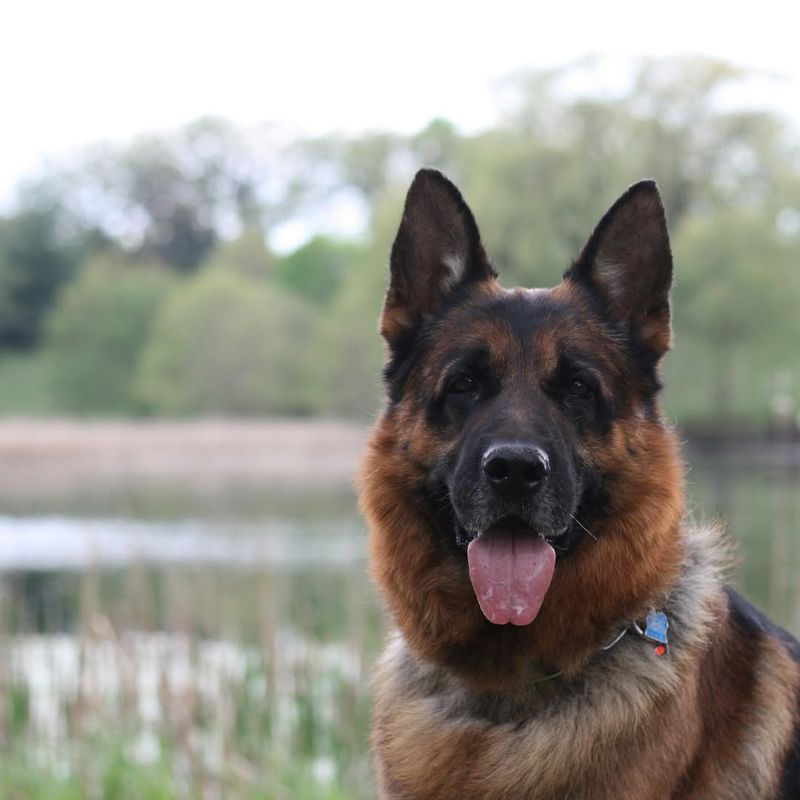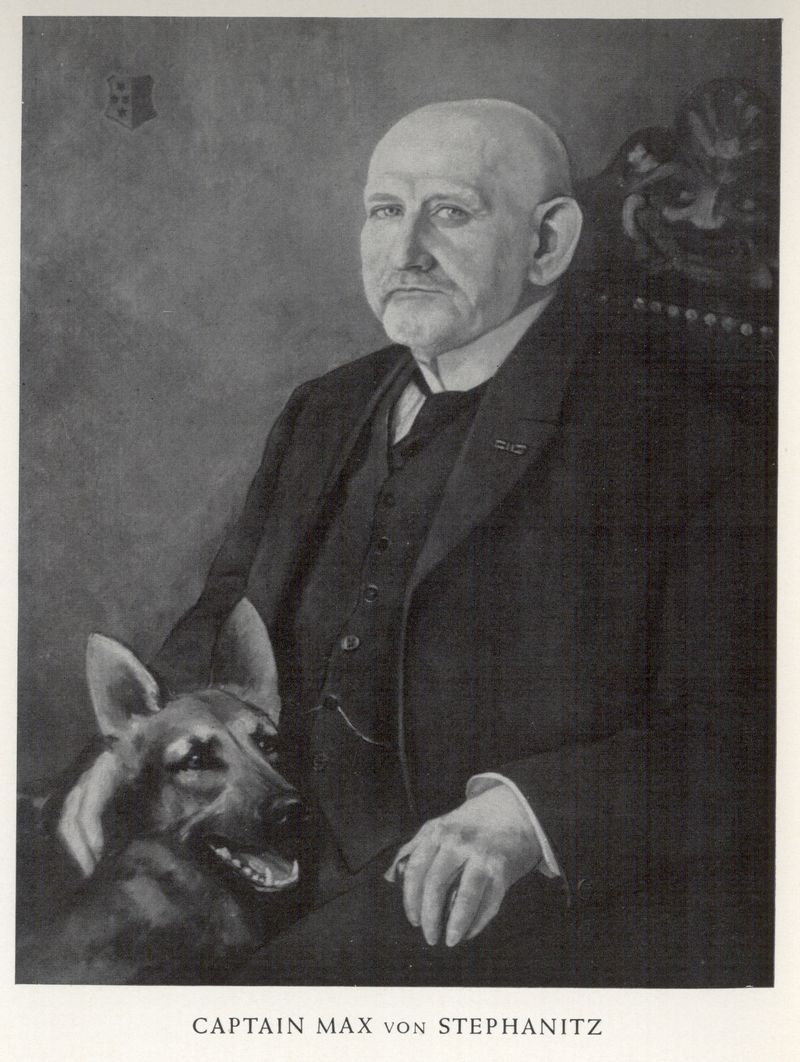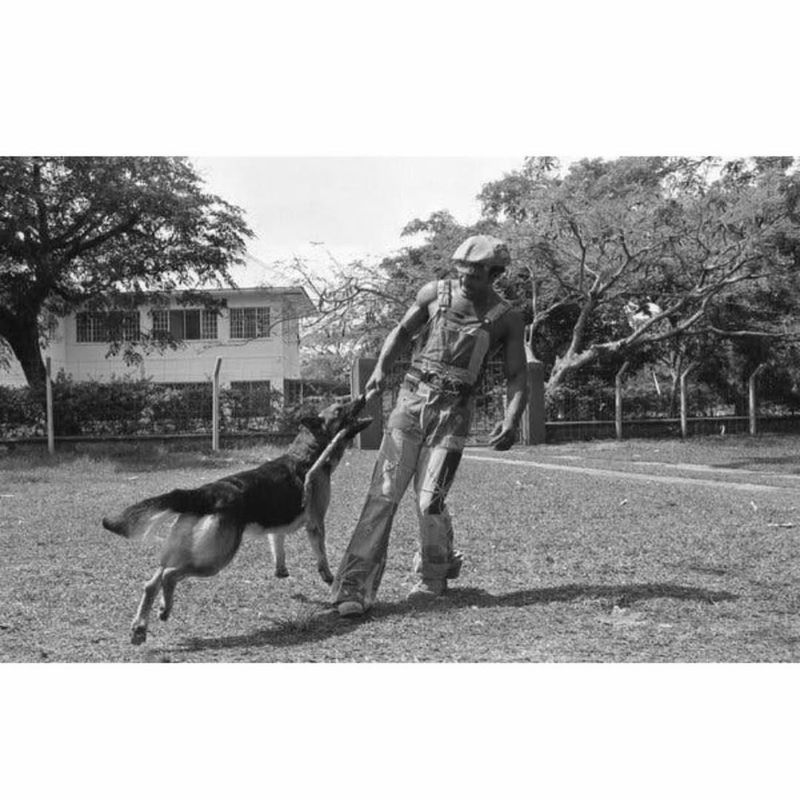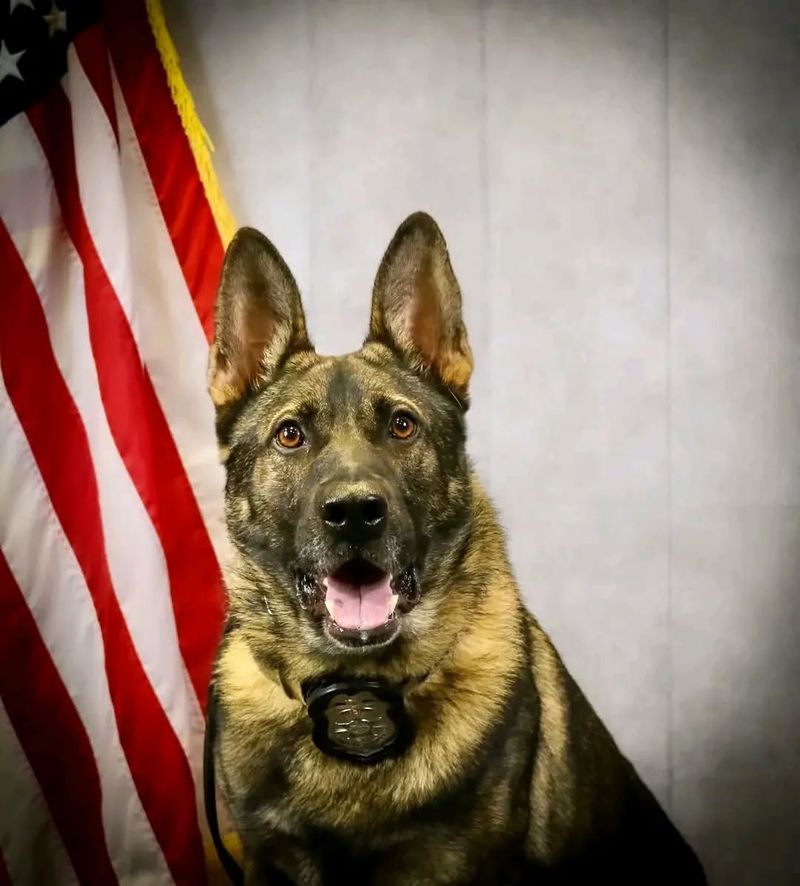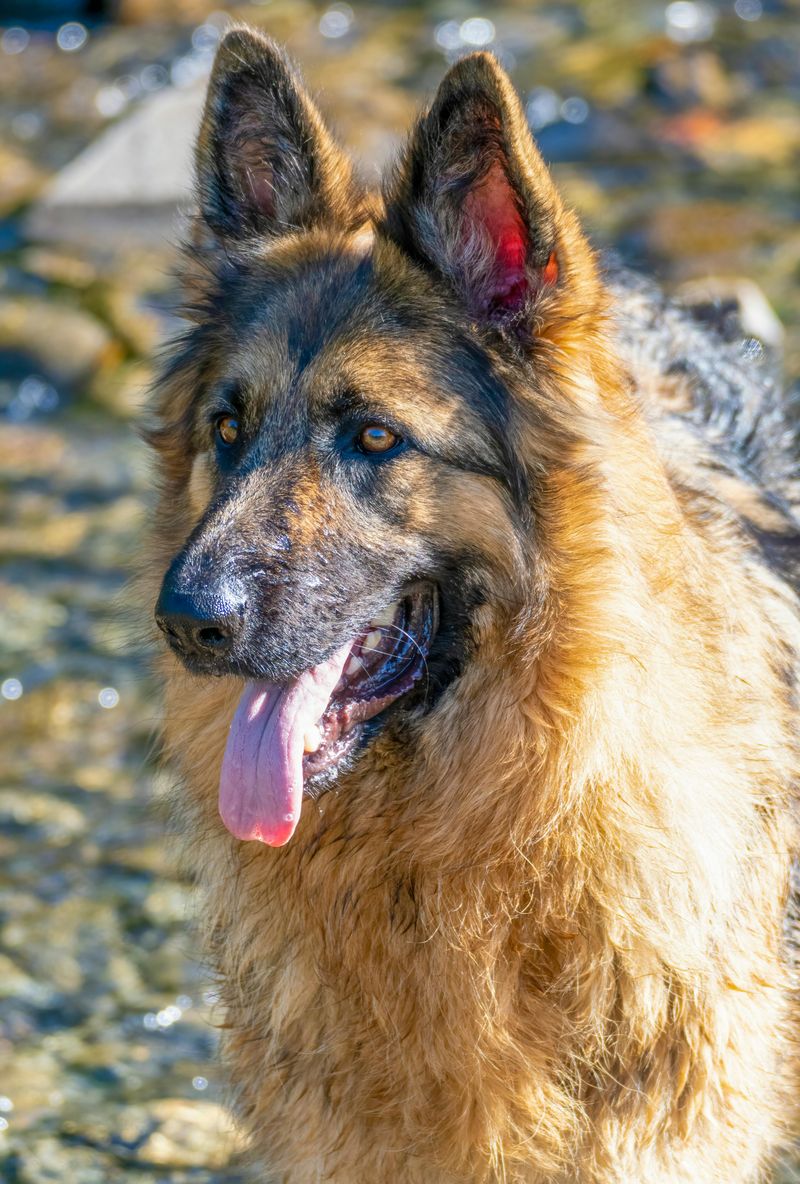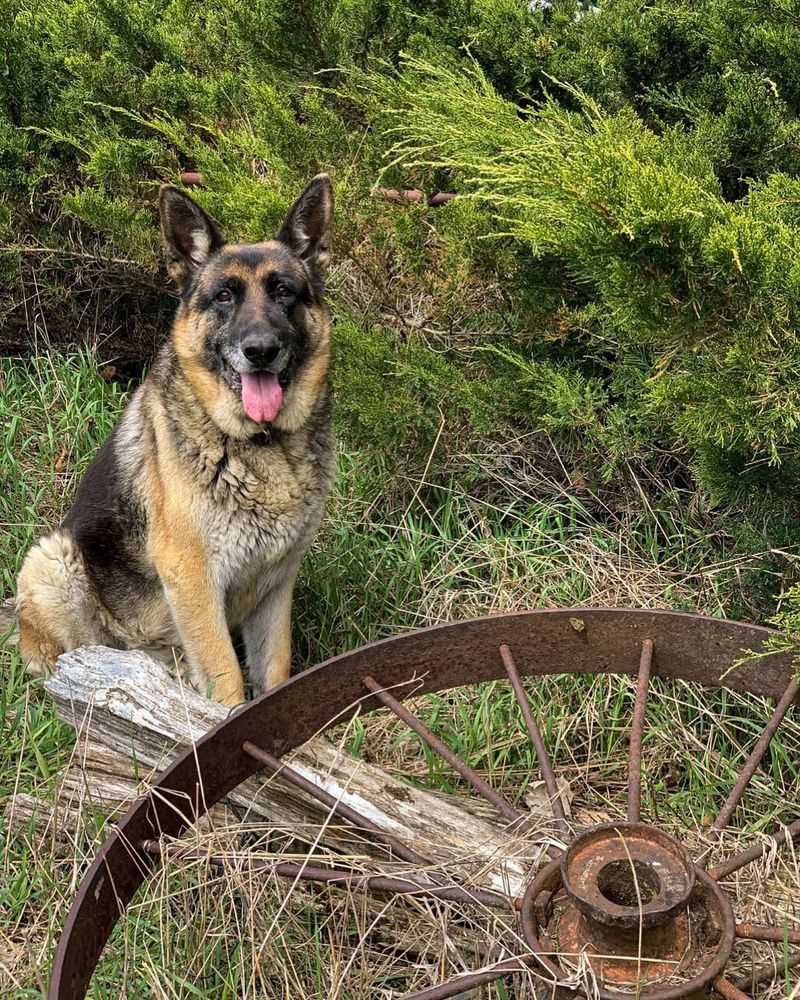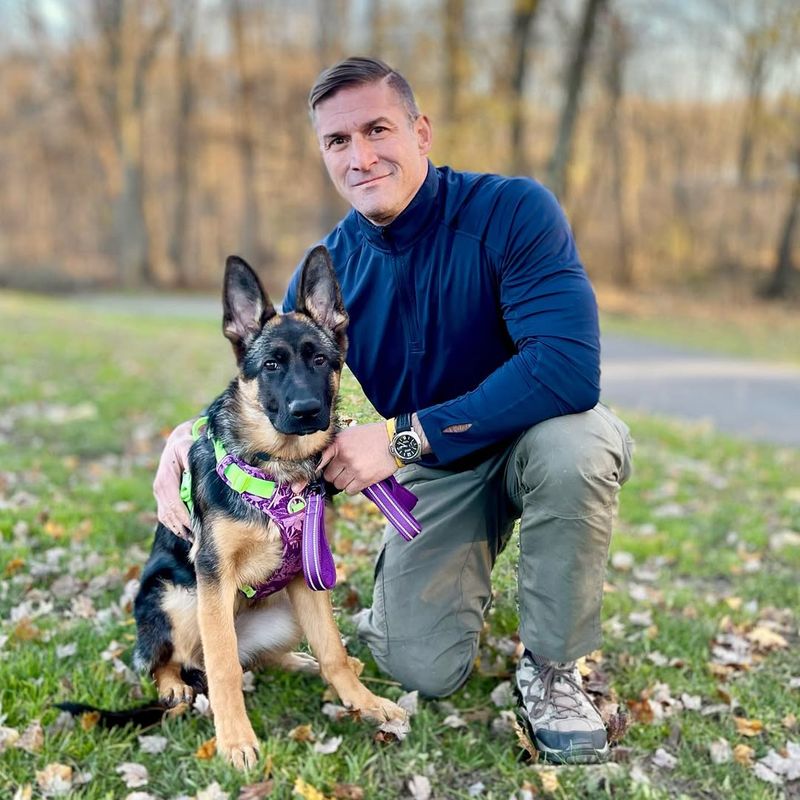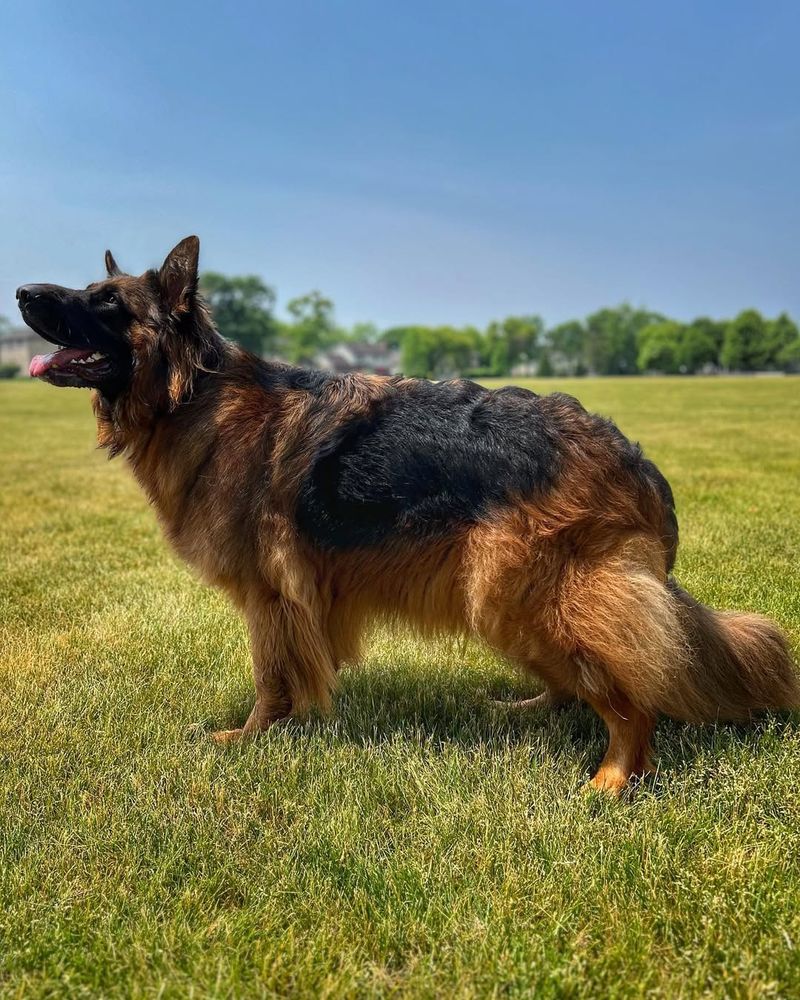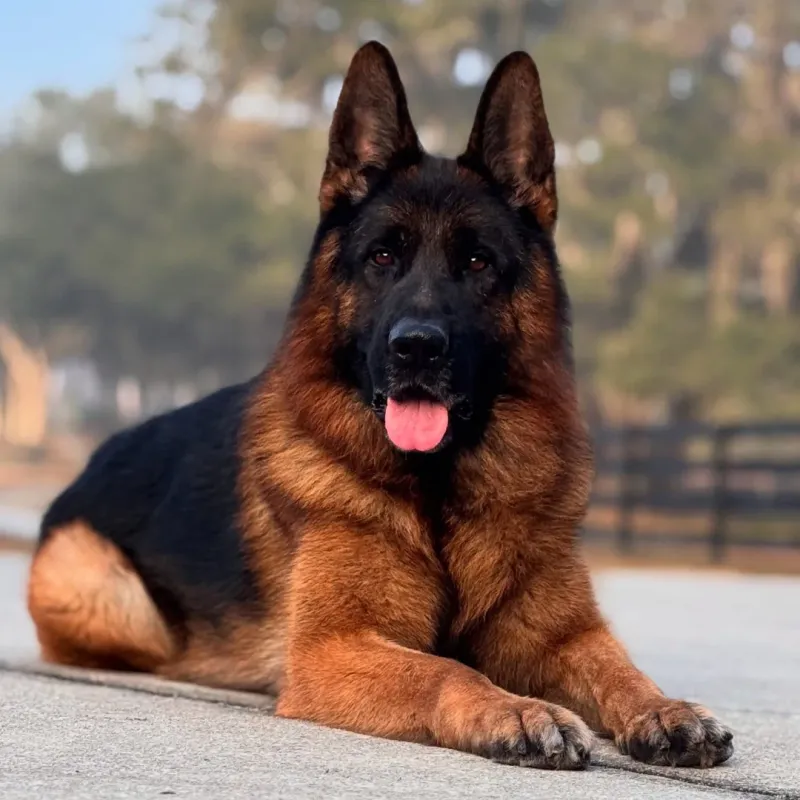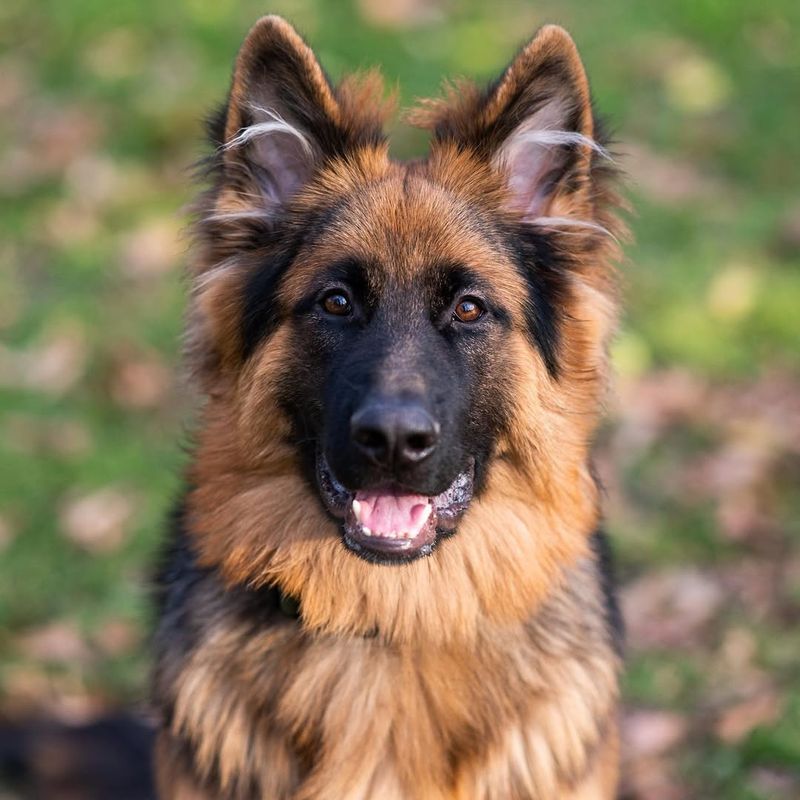The German Shepherd is not just a beloved pet; it is a breed with a storied past. From their origins in Germany to their roles in world events, these dogs have played a significant part in history. This blog post uncovers 19 unique facets of the German Shepherd’s rich history, showcasing their intelligence, versatility, and loyalty. Each fact is a testament to the breed’s enduring legacy and global impact.
The Origins of the Breed
The German Shepherd, a breed renowned for its intelligence and versatility, traces its origins back to the late 19th century in Germany. Breeders aimed to create a dog that excelled in herding and guarding sheep. Max von Stephanitz, often considered the father of the breed, played a pivotal role in its development. His vision was to produce a working dog that epitomized utility and intelligence. Today, the German Shepherd is celebrated worldwide for these qualities, reflecting the breed’s foundational purpose and enduring popularity among dog lovers everywhere.
Max von Stephanitz’s Vision
Max von Stephanitz, a pivotal figure in the German Shepherd’s history, had a clear vision for the breed. Aiming for utility and intelligence, von Stephanitz sought to create a working dog with unparalleled skills. His dedication led to the establishment of the first German Shepherd Club in 1899. Von Stephanitz emphasized breed standards that prioritized mental and physical abilities, which continues to influence breeding practices today. His legacy is evident in the breed’s widespread recognition and use in various fields, underscoring his impact on canine history.
The First German Shepherd Club
In 1899, Max von Stephanitz founded the first German Shepherd Club, which marked a significant milestone in the breed’s history. This organization set the standards for the breed, ensuring consistency and quality in breeding practices. The club’s formation was driven by a commitment to preserving the German Shepherd’s working capabilities and intelligence. Over the years, it has played a critical role in promoting the breed, facilitating international recognition and fostering a community of enthusiasts dedicated to the German Shepherd’s advancement and well-being.
German Shepherds in the World Wars
During both World Wars, German Shepherds served bravely on the front lines, fulfilling roles such as messengers, sentries, and rescue dogs. Their intelligence and trainability made them invaluable assets to military forces. These dogs were often seen carrying messages or supplies across dangerous terrains, proving their reliability and courage. The wartime contributions of German Shepherds not only demonstrated their versatility but also solidified their reputation as dependable working dogs. Their legacy in military history remains a testament to their unwavering loyalty and bravery.
The German Shepherd’s Role in Law Enforcement
German Shepherds have long been a staple in law enforcement, valued for their keen senses and trainability. These dogs are often seen working alongside police officers as part of K9 units, involved in search and rescue, detection of explosives or narcotics, and patrol duties. Their ability to follow commands and assess situations swiftly makes them ideal partners in maintaining public safety. The German Shepherd’s presence in law enforcement highlights its adaptability and excellence in roles requiring precision and reliability, reinforcing its status as a top choice for various high-stakes environments.
Rin Tin Tin: The Hollywood Star
Rin Tin Tin, one of the most famous German Shepherds in history, became a Hollywood sensation in the 1920s. Discovered as a puppy by American soldier Lee Duncan during World War I, Rin Tin Tin’s acting career began after the war. His on-screen charisma and talent led to starring roles in numerous silent films, captivating audiences worldwide. Rin Tin Tin’s success not only popularized the German Shepherd breed in the United States but also showcased its intelligence and versatility, leaving a lasting legacy in both film and canine history.
The German Shepherd’s Contribution to Search and Rescue
Renowned for their keen sense of smell and intelligence, German Shepherds play a crucial role in search and rescue operations. These dogs are trained to locate missing persons, often in challenging environments such as mountains or disaster sites. Their endurance and ability to navigate difficult terrains make them invaluable in critical missions. Search and rescue teams worldwide rely on German Shepherds for their exceptional skills, demonstrating the breed’s dedication and ability to save lives. This commitment to service continues to highlight the German Shepherd’s adaptability and importance in humanitarian efforts.
The Versatility of the Breed
The German Shepherd is celebrated for its versatility, excelling in roles beyond traditional herding. From agility competitions to serving as loyal family companions, their adaptability knows no bounds. This breed’s intelligence and eagerness to learn make it suitable for various tasks, including service animal roles and police work. Their ability to switch seamlessly between different environments and duties underscores the German Shepherd’s multifaceted nature. This versatility not only highlights their impressive skills but also their ability to form deep bonds with humans, enriching lives in countless ways.
Shep the Iconic Hero
Shep, a legendary German Shepherd, became a symbol of loyalty and devotion. Known for waiting at a train station for his deceased owner to return, Shep’s story captured hearts. His unwavering loyalty even inspired a statue erected in his honor. This poignant tale underscores the emotional depth and strong bonds that German Shepherds can form with their human companions. Shep’s legacy serves as a reminder of the profound impact these dogs have on our lives, illustrating their emotional intelligence and capacity for love that transcends human understanding.
The German Shepherd’s Role in Modern Therapy
German Shepherds have found a niche in modern therapy, offering comfort and companionship to patients in hospitals and care facilities. Their calm demeanor and intuitive nature make them excellent therapy dogs, assisting in emotional and psychological healing. These dogs can help reduce anxiety, provide companionship, and even encourage physical activity. The presence of a German Shepherd in therapeutic settings often leads to significant improvements in patients’ well-being, showcasing the breed’s ability to adapt and serve in capacities that enhance human health and happiness.
Training and Intelligence
Known for their intelligence, German Shepherds excel in training programs, mastering complex tasks with ease. Their ability to quickly learn and remember commands makes them ideal candidates for various working roles. Trainers appreciate their focus, loyalty, and eagerness to please, which simplifies the training process. This intelligence extends beyond obedience, as German Shepherds can also perform specialized tasks, such as guiding the visually impaired or detecting contraband. The breed’s remarkable cognitive abilities and willingness to work reinforce its reputation as one of the most trainable and competent breeds.
Controversies and Misunderstandings
Despite their positive attributes, German Shepherds have faced controversies and misunderstandings. Often stereotyped as aggressive, this perception overlooks their gentle and loyal nature. Responsible ownership and proper training are crucial in highlighting their true temperament. Advocacy groups strive to educate the public about the breed’s positive qualities, dispelling myths and encouraging responsible breeding practices. By focusing on their intelligence and trainability, these efforts aim to change perceptions and promote understanding. This ongoing battle against misconceptions is critical in ensuring German Shepherds are appreciated for their true characteristics.
The Breed Standard and Physical Characteristics
German Shepherds are renowned for their distinctive appearance, with breed standards emphasizing their physical characteristics. A medium to large-sized breed, they possess a strong, muscular build, a domed forehead, and a bushy tail. Their alert, intelligent eyes and erect ears contribute to their iconic look. Coat colors range from classic black and tan to sable and even all black. These physical traits are not just for show; they complement the breed’s abilities as working dogs. Maintaining these standards ensures that the German Shepherd remains a versatile and capable breed in various roles.
The Loyalty Legend: Hachiko’s German Cousin
Much like Hachiko, the famous Akita, German Shepherds have their own tales of loyalty. Stories abound of these dogs waiting for their owners, showcasing their unwavering devotion. Such tales highlight the breed’s capacity for loyalty and the strong bonds they form with humans. These narratives not only captivate audiences but also reinforce the German Shepherd’s reputation as a faithful companion. The emotional depth exhibited by these dogs is a testament to their ability to connect deeply with people, embodying the ideals of loyalty and companionship that many seek in a pet.
The Role of German Shepherds in Education
Beyond traditional roles, German Shepherds have found a place in educational settings, assisting teachers in engaging students. Their presence in classrooms can encourage learning and social interaction. These dogs help break down barriers, fostering a positive environment conducive to education. Programs that incorporate German Shepherds have reported improvements in student attendance and participation. By creating a supportive atmosphere, these dogs help students feel more at ease, facilitating a better educational experience. The breed’s adaptability and approachable nature make it a perfect fit for such innovative educational initiatives.
The German Shepherd’s Influence on Pop Culture
German Shepherds have had a significant influence on pop culture, from films to literature. Characters like Rin Tin Tin and the fictional Ace the Bat-Hound have left indelible marks on the public’s imagination. These portrayals highlight the breed’s intelligence, bravery, and loyalty. German Shepherds often symbolize protection and heroism, resonating with audiences worldwide. Their presence in pop culture continues to inspire admiration and affection, reinforcing their status as beloved icons. This cultural impact underscores the breed’s widespread appeal and the enduring fascination with its noble traits and history.
Challenges in Breeding and Preservation
Breeding German Shepherds involves challenges, particularly concerning their health and well-being. Responsible breeders focus on maintaining genetic diversity and avoiding hereditary issues. Health screenings and ethical practices are paramount to preserving the breed’s integrity. With increasing demand, some breeders prioritize profit over quality, leading to detrimental consequences. Advocacy for responsible breeding is crucial in safeguarding the future of the German Shepherd. By emphasizing health and character, these efforts ensure that the breed continues to thrive, maintaining its esteemed place in the canine world. This responsibility lies with breeders and enthusiasts alike.
The German Shepherd’s Adaptation to Urban Living
German Shepherds can adapt well to urban living, provided they receive adequate exercise and mental stimulation. Their intelligence and trainability make them suited to city life, where they can thrive as loyal companions. Urban owners must commit to daily walks and interactive play to meet their needs. With proper care, these dogs can enjoy the vibrancy of city living while maintaining their health and happiness. The adaptability of the German Shepherd to various environments showcases its versatility, making it a popular choice for dog lovers in all settings, including bustling urban areas.

